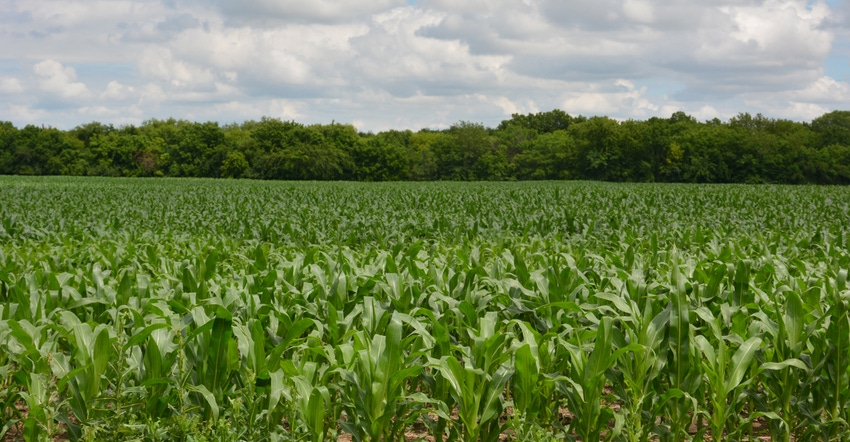
There’s a popular myth out there that suggests farmers are big contributors to the greenhouse gasses blamed for climate change.
I say myth because that’s just what it is — a myth. The reality is this: farmers, especially those practicing no-till, are the solution, not the problem.
A farmer enrolled in a carbon sequestration program through Locus AG’s CarbonNOW program pointed out recently that a growing field of corn sequesters as much (or more) carbon than the Amazon rain forest, or at least a comparable acreage of rain forest.
Without tillage, the carbon removed by the growing crops and stored in the roots stays in the soil. A field of growing corn sequesters about 1.5 tons of carbon per acre every year according to estimates from the growing number of companies looking toward ag as a pathway to combatting climate change.
Practicing regenerative farming contributes even more to carbon sequestration. Adding cover crops and grazing livestock provides natural nutrients and locks more carbon into the soil. More growing roots mean more stored carbon, more microbial life and more plant nutrients available in the soil. That means higher yields of cash crops as well as lower input costs for fuel and chemicals.
In Kansas, we have thousands of acres of grasslands in the Flint Hills and the Red Hills. Grasslands are also an important carbon sink. Even when the grass is burned in a prescribed burn or a wildfire, the carbon stored in the roots underground remains sequestered.
Chuck Rice, a Kansas State University professor and longtime researcher of all things prairie, once said that when he first started studying grassland carbon sequestration, he expected that the amount of carbon stored year after year would become less over time. He said he was surprised to find that not to be the case. The sequestration continues at about the same rate, no matter how many decades go by.
A carbon business opportunity
Over the last couple of years, multiple companies have gotten on board with devising a way to incentivize farmers to adopt practices that sequester more carbon. There’s no doubt that getting paid an extra $15, $20 or more per acre is a good way to get farmers to get on board.
Locus Ag teams with Nori, a Seattle-based company that is working to establish a carbon marketplace where companies that generate carbon pollution can buy offsets, which can then be paid to farmers who sequester carbon.
More recently, the e-commerce giant, Shopify, entered the game, providing the money that resulted in the first American farmer to get paid for storing a high volume of carbon.
In Kansas, General Mills is working with a group of farmers to establish measurements of carbon sequestration and pay farmers for their efforts. That program is using the Nori marketplace to determine the price paid for each ton of carbon stored. The goal for General Mills is to use the program to reduce its own carbon footprint.
If enough farmers get on board with practices aimed at storing carbon, this country’s farmland can store more carbon than the nation’s industries create.
So, hold your heads high farmer friends. You are not in an industry that is killing the planet. In fact, you just might be the industry that saves it.
Read more about:
CarbonAbout the Author(s)
You May Also Like






